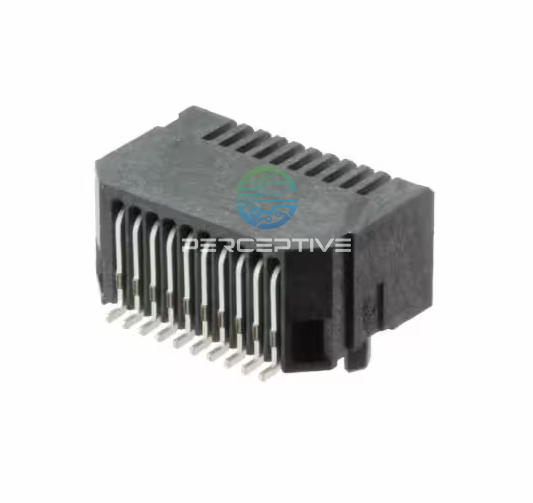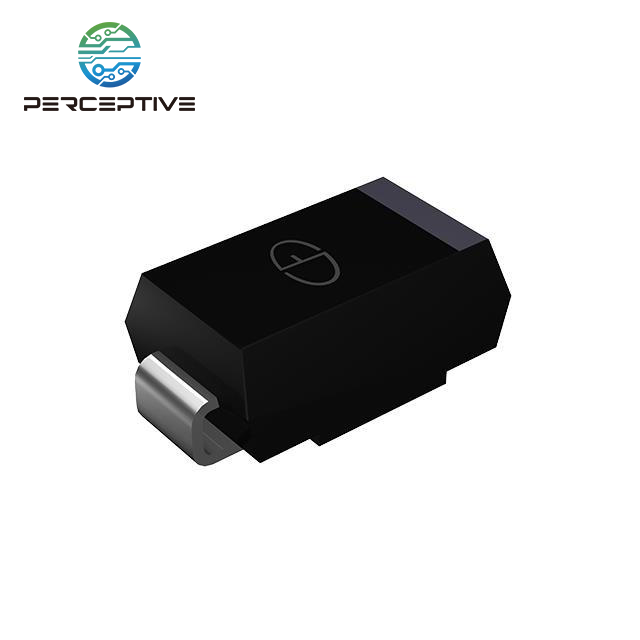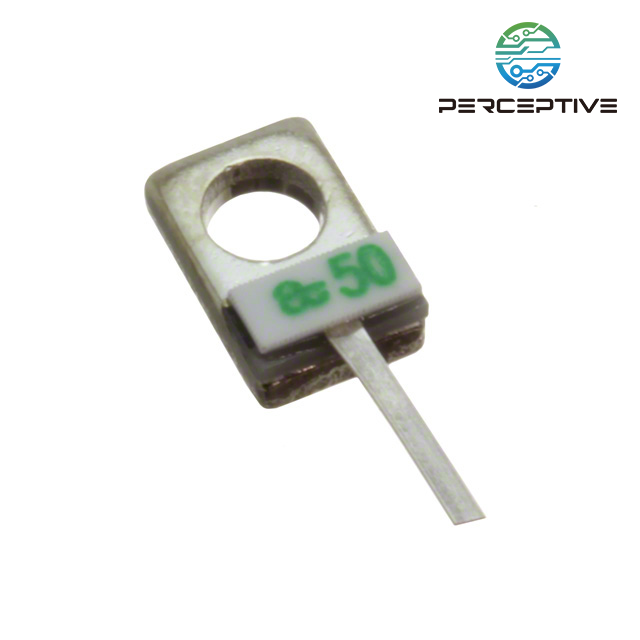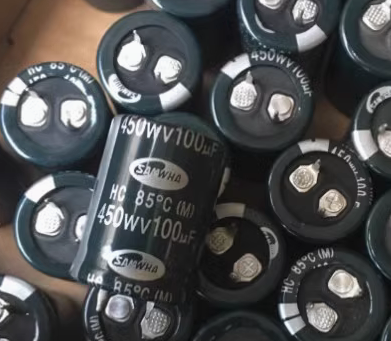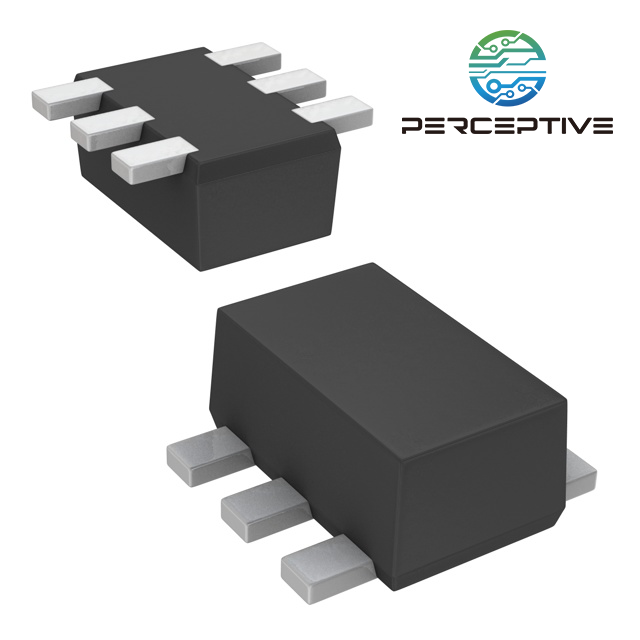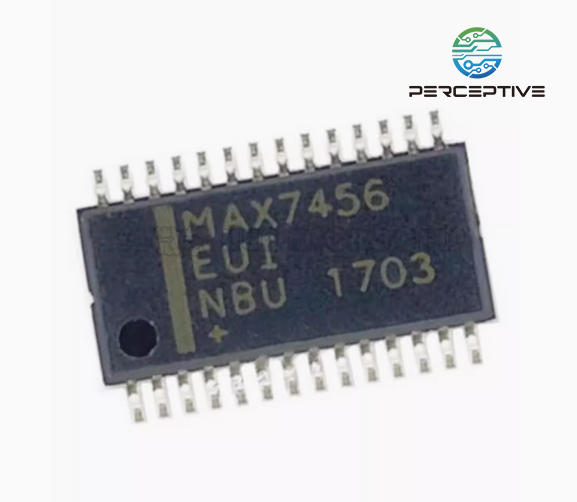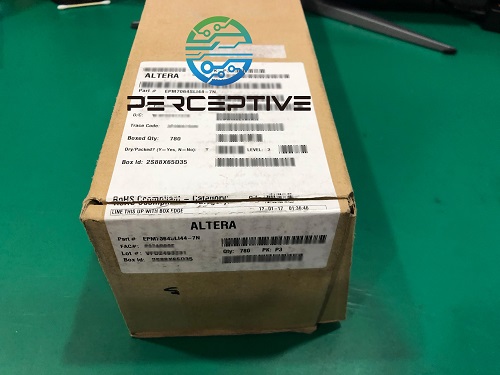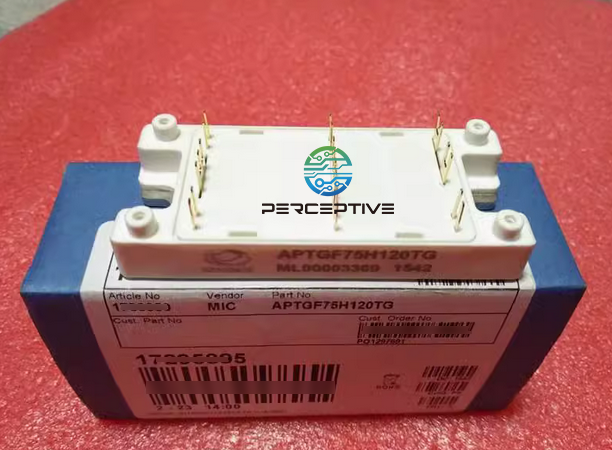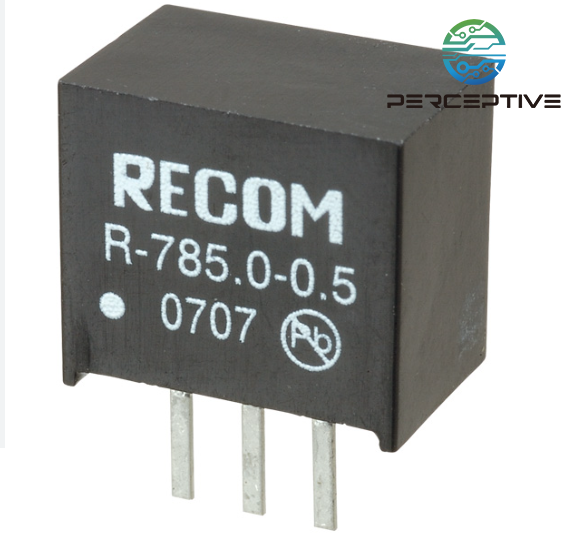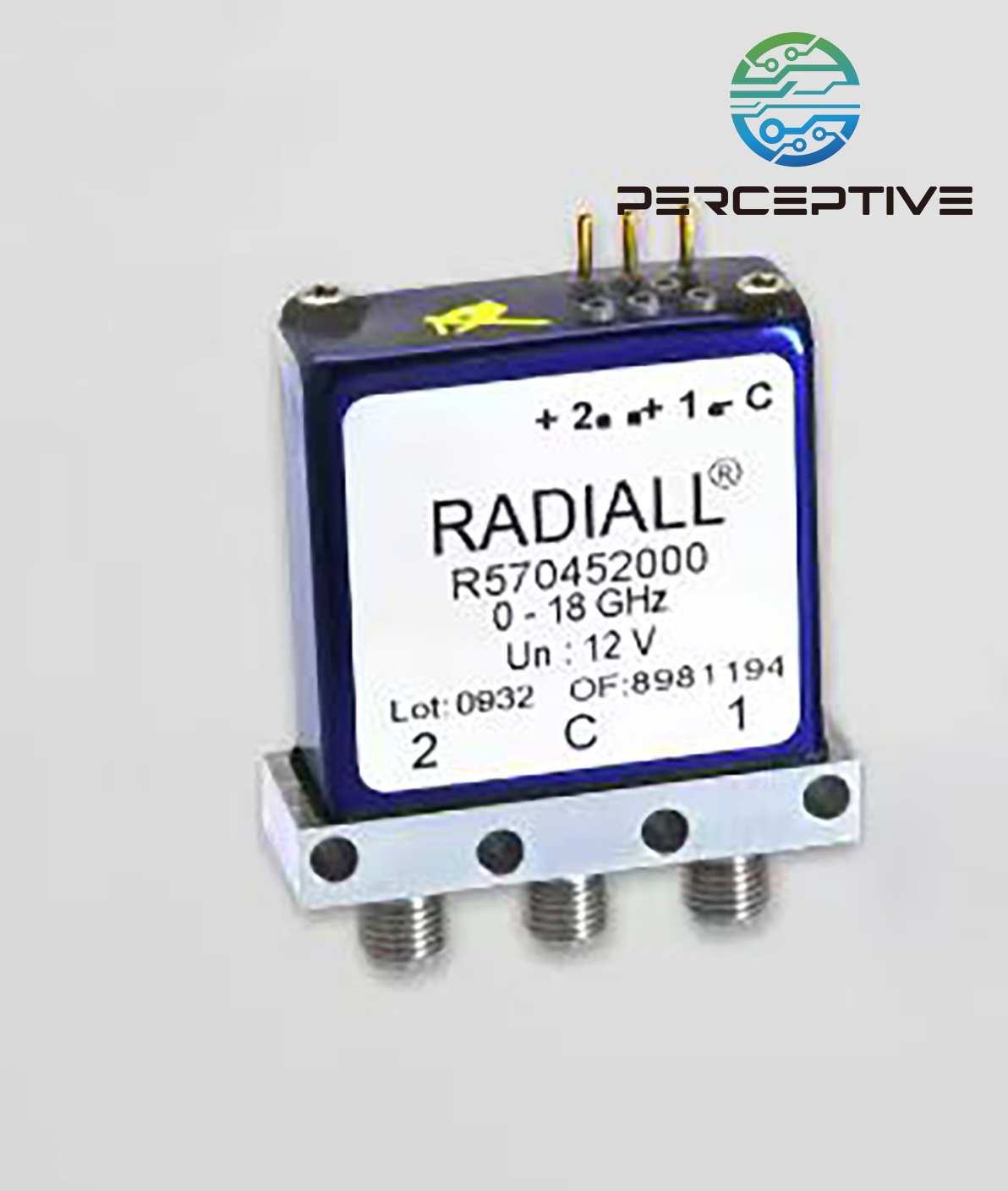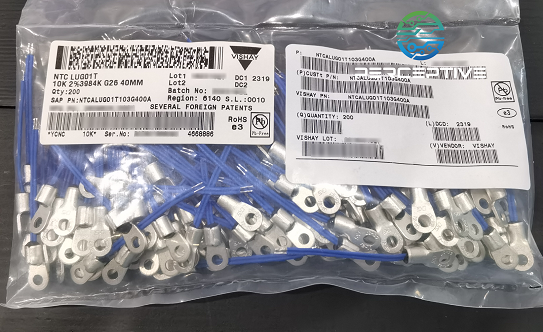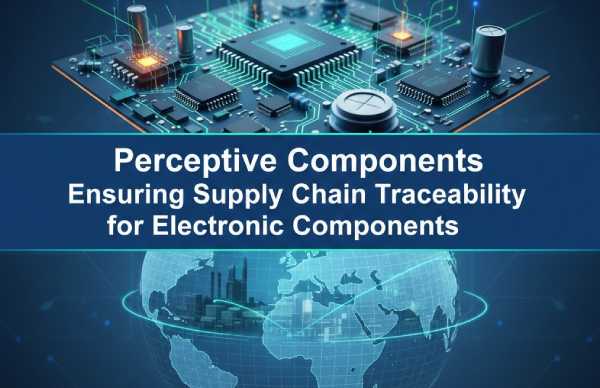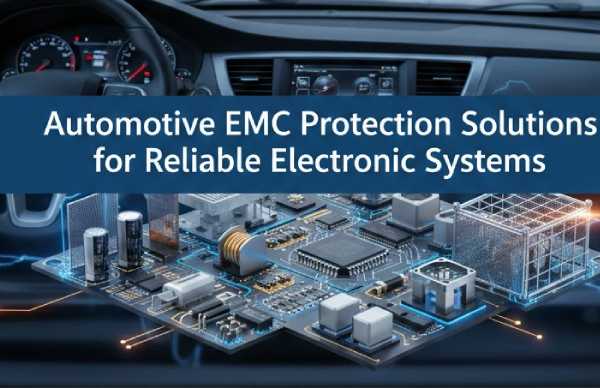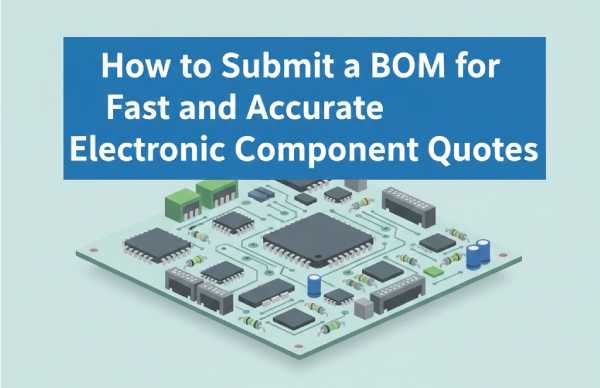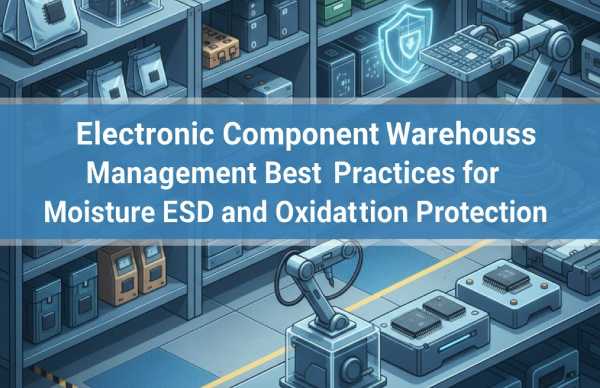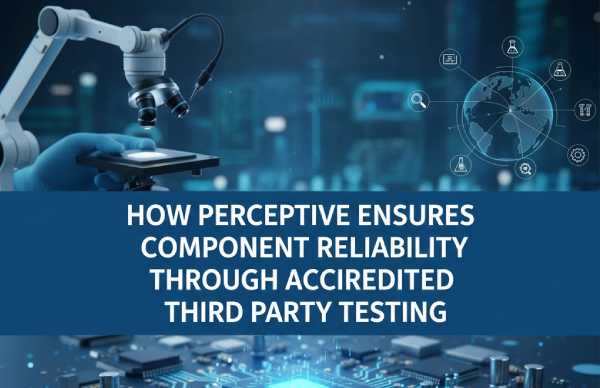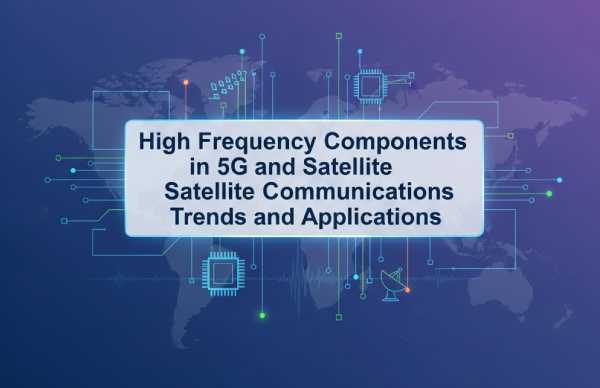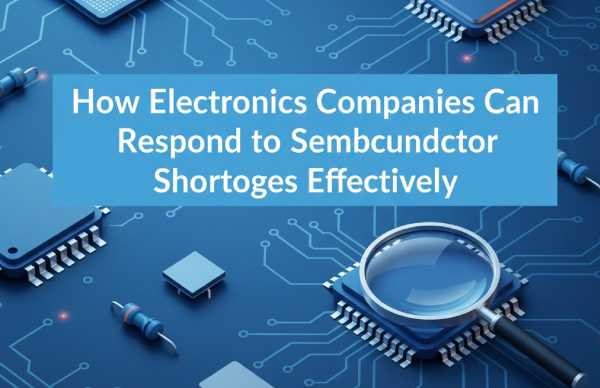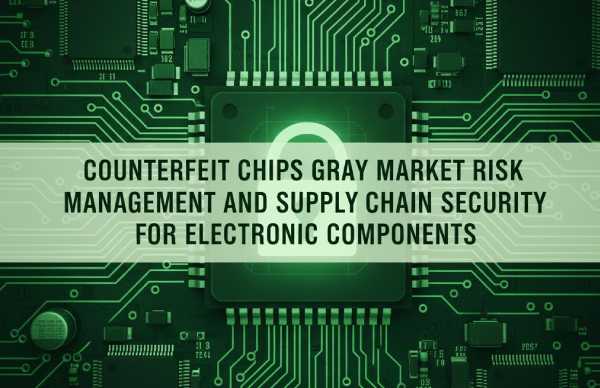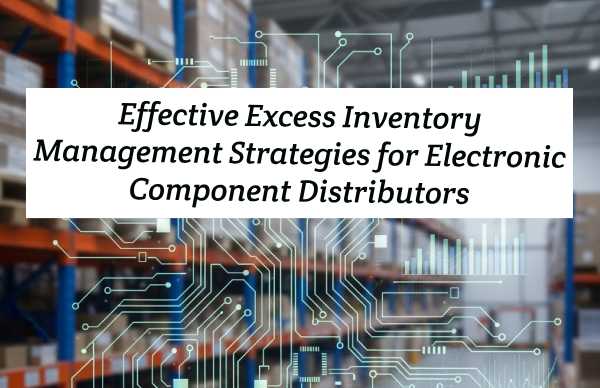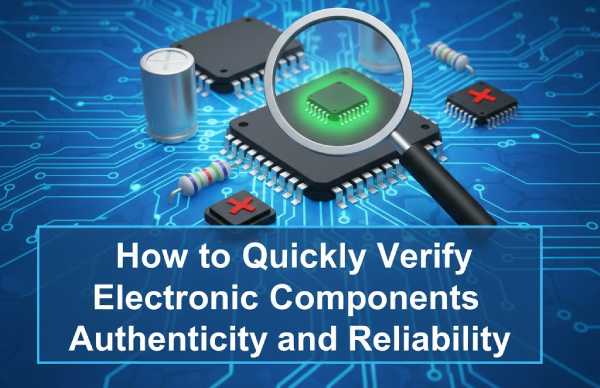In today's rapidly evolving electronics industry, managing the lifecycle of components is critical to ensuring the stability of supply chains and the reliability of end products. One of the most effective tools for component lifecycle management is the Product Change Notification (PCN)—an official alert issued by component manufacturers to inform customers of changes that may affect the form, fit, function, quality, or reliability of their products. For procurement professionals, having a well-defined PCN management process can mean the difference between smooth operations and costly supply interruptions.
Why PCN Management Matters
Electronic components do not last forever. They undergo revisions, requalifications, and ultimately become obsolete. Manufacturers are constantly updating materials, manufacturing sites, testing methods, or even discontinuing entire product lines. While these changes may be routine from the supplier's perspective, they can be disruptive if they reach the end user without preparation.
Here's why proactive PCN management is crucial:
Avoid unplanned redesigns: Component changes can impact circuit performance, mechanical fit, or certification requirements.
Maintain compliance: Regulatory standards (e.g., RoHS, REACH) often shift, and PCNs ensure ongoing product conformity.
Mitigate production delays: Without advance notice, a discontinued or altered component may stall an entire production line.
Enhance forecasting accuracy: With visibility into lifecycle changes, procurement teams can better plan last-time buys and source alternatives.
Common Challenges in PCN Handling
Despite their importance, PCNs often go unnoticed or are poorly managed. Some of the common challenges include:
Fragmented information sources: PCNs can come from various manufacturers, each using different formats and channels.
Lack of automation: Manual tracking of PCNs through emails or spreadsheets is error-prone and unsustainable at scale.
Delayed communication: Distributors and contract manufacturers may not relay changes to OEMs or design engineers in a timely manner.
Limited technical insights: Procurement teams may lack the engineering background to assess the real impact of a change.
Best Practices for Effective PCN Management
To build a robust PCN strategy, organizations need more than passive notification—they need an integrated approach that includes data, processes, and partnerships.
Centralize PCN Data Streams
Leverage digital platforms or middleware that aggregate PCNs from multiple manufacturers into a single dashboard. These tools should support filtering by part number, supplier, date, and impact severity. Cloud-based lifecycle intelligence platforms can automatically cross-reference internal BOMs against live PCN databases.
Establish a Cross-functional Response Team
Create a PCN review committee that includes engineering, quality, procurement, and compliance experts. This team should assess the impact of each PCN and decide on the appropriate course of action—whether it's qualifying an alternative, initiating a redesign, or executing a last-time buy.
Integrate PCN Monitoring into Your ERP or PLM System
Automated integration with enterprise systems ensures PCNs are immediately visible and actionable within procurement and design workflows. Notifications should trigger task assignments, documentation updates, and supplier follow-up protocols.
Collaborate Closely with Distributors and Manufacturers
Strategic suppliers often receive PCNs earlier than public databases. Maintain strong communication lines with authorized distributors who can provide early warnings, suggest cross-references, or support technical evaluations.
Evaluate Supplier Reliability Based on PCN Transparency
When qualifying new suppliers, assess their PCN policies. Reliable suppliers should offer timely, clear, and traceable notifications—ideally 6 to 12 months in advance for major changes or product discontinuation.
Innovation and the Future of PCN Management
AI-driven component intelligence platforms are now enabling predictive lifecycle analysis, warning users about high-risk parts even before official PCNs are issued. These platforms assess a component's lifecycle stage, usage trends, and supplier behavior to assign a risk score. In the future, we may see blockchain-based PCN systems ensuring tamper-proof traceability of lifecycle events.
As digital twins and smart manufacturing gain traction, PCNs may evolve from static documents to dynamic models—allowing real-time simulations of component changes on virtual prototypes.
Conclusion
In an age of complex, globalized supply chains, component lifecycle management is no longer optional—it's strategic. Effective PCN management helps organizations avoid production disruptions, reduce requalification costs, and stay compliant with evolving standards. For electronics procurement professionals, investing in structured PCN workflows and reliable data sources is an essential step toward future-proofing supply chains.

